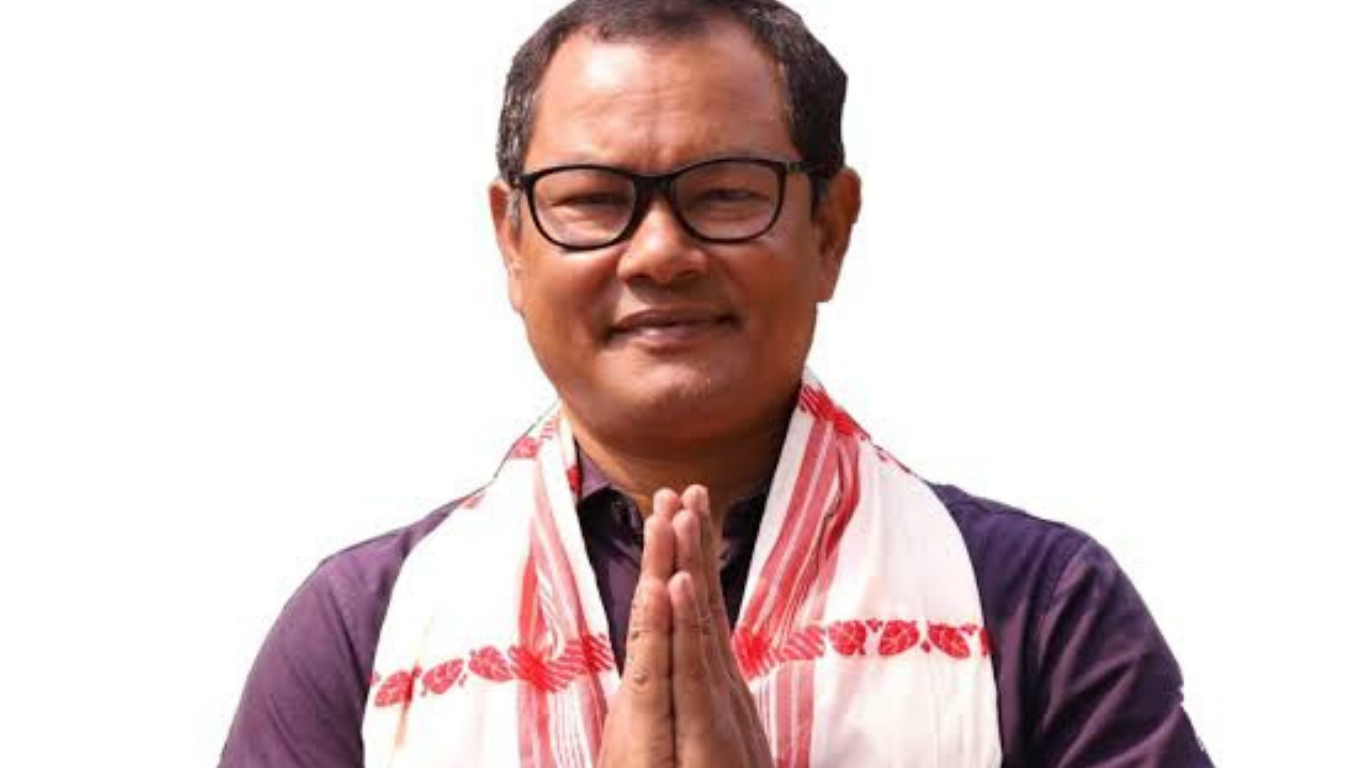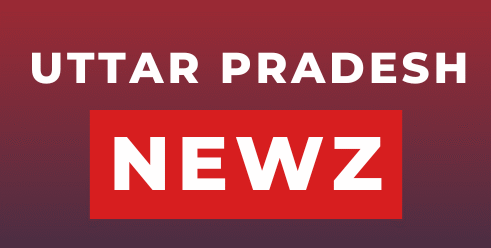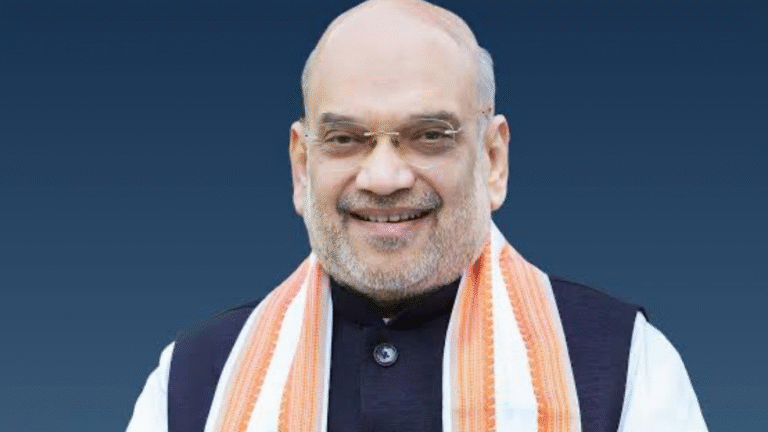
Guwahati – A bold claim by Assam Legislative Assembly Deputy Speaker Numal Momin has sparked heated discussions across the state, as he announced that 15 of Assam’s districts have become Muslim-majority, a stark contrast to the state’s demographic makeup at the time of India’s independence in 1947. Speaking in an interview with ANI in Guwahati, Momin described the shift as “alarming”. He pointed to what he calls “systematic infiltration” from Lower to Upper Assam, raising concerns about the future of indigenous Assamese culture and identity.
A Changing Landscape
Momin’s statement comes amid growing debates about demographic changes in Assam, a state known for its diverse ethnic and religious communities. “At independence, not a single district in Assam had a Muslim majority. Now, 15 districts are Muslim-majority. This is a serious issue,” Momin said, citing the example of Sarupathar in Golaghat district, where he claims the number of Muslim households has surged from 60-70 in his childhood to 6,000-7,000 today. He attributes this shift to migration, particularly from Lower Assam to Middle and Upper Assam, which he describes as a calculated move that threatens the state’s indigenous population.
According to the 2011 Census, Assam’s population was 31.2 million, with Muslims making up 34.22% (10.68 million) and Hindus 61.47% (19.18 million). Estimates from 2021 suggest the Muslim population may have climbed to 40%, or about 14 million, out of a total of 35 million. Momin’s claim aligns with reports that 11 districts, including Dhubri, Barpeta, Goalpara, Nagaon, and Karimganj, were Muslim-majority by 2011, with others like Bongaigaon and Darrang joining them in recent years.
Political Accusations
Momin didn’t hold back in pointing fingers, accusing the Congress party of encouraging these changes for political gain. “Their vision was to make Assam an Islamic state,” he alleged, claiming that during Congress’s rule, indigenous communities were neglected while “infiltrators” were allowed to settle and acquire land. He praised the current BJP-led government under Chief Minister Himanta Biswa Sarma for taking steps to protect indigenous rights, including granting land titles to over 12 lakh indigenous people since 2016.
The Congress party hit back, with leaders like Danish Ali dismissing Momin’s claims as divisive. Ali argued that the Muslim population was 25% in 1951 and rose to 34.22% by 2011, partly due to the creation of new states like Nagaland and Mizoram, which reduced Assam’s non-Muslim population. “This is not infiltration; it’s a natural outcome of redrawing state boundaries,” Ali said, accusing the BJP of spreading fear for political mileage.
The issue has set social media platforms like X ablaze, with users debating the implications of Assam’s changing demographics. Some posts echo Momin’s concerns, calling for stronger action against illegal migration.
Government Actions
Chief Minister Himanta Biswa Sarma has also weighed in, stating that Assam’s Muslim population has reached 40% and could make the state Muslim-majority by 2041 if current trends continue. Sarma has introduced initiatives like the ‘Nijut Moina’ scheme, which provides stipends to girls to curb child marriages and promote education, aiming to slow population growth in certain communities. He has also pushed for stronger eviction drives to reclaim land from alleged encroachers, a move Momin supports but says needs to be expanded.
The Assam government is working to distinguish between indigenous Muslims and those it claims are illegal immigrants, particularly from Bangladesh. In 2020, the Assam Minority Development Board estimated that 9 million of the state’s 13 million Muslims are of Bengali origin, with around 10 million total immigrants. Efforts to identify and deport illegal migrants, based on the 1985 Assam Accord’s 1971 cutoff date, remain ongoing.



